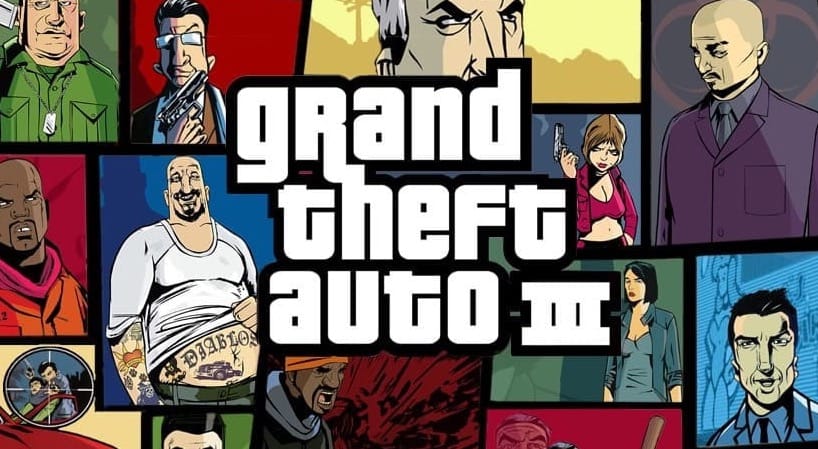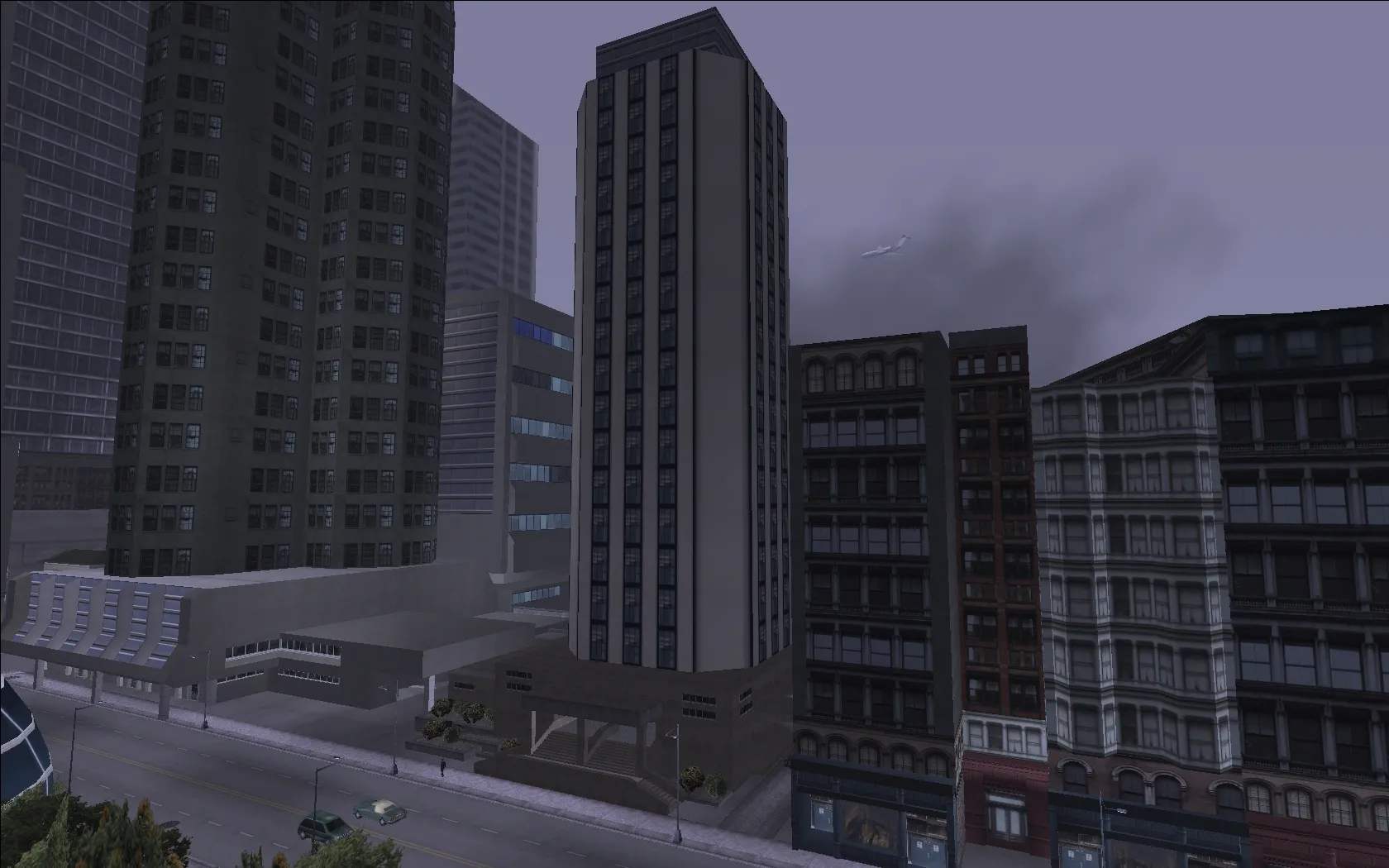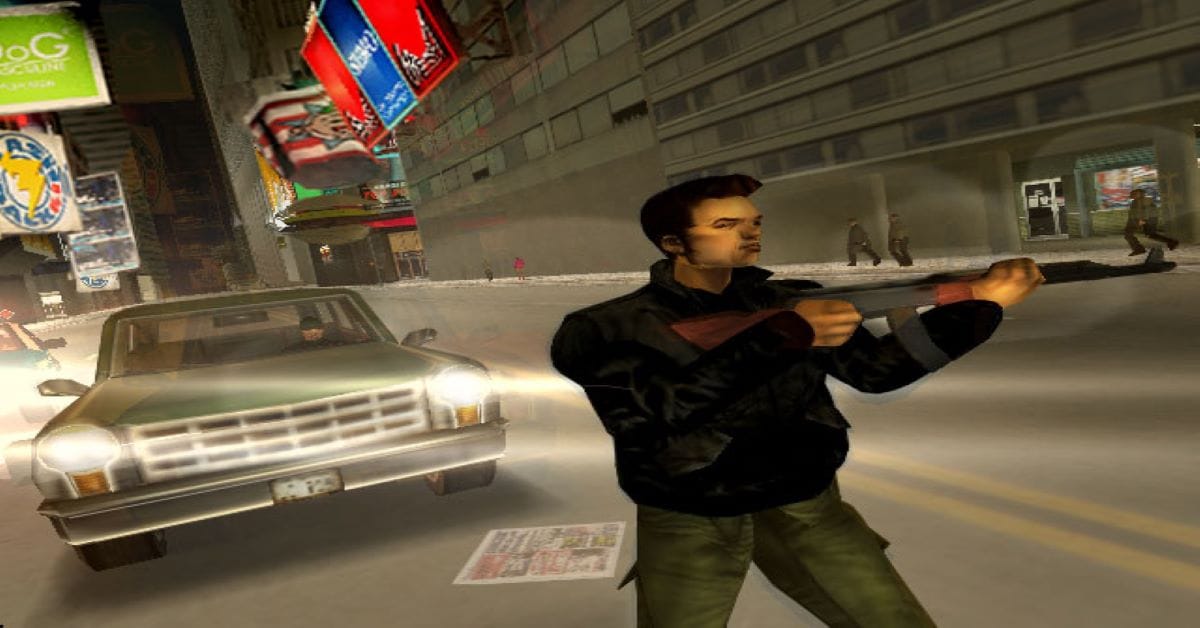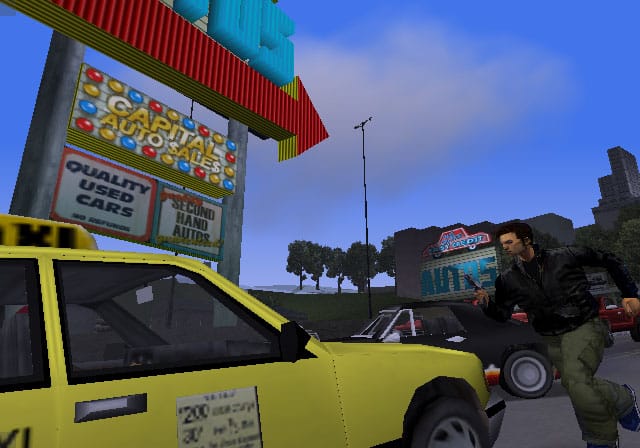Why Grand Theft Auto III Deserves To Be Remembered
A look back at Grand Theft Auto III—the flawed, groundbreaking title that helped define open-world gaming

I hadn’t planned on replaying Grand Theft Auto III right now, but a brief return visit pulled me in all over again. Before I knew it, I couldn’t stop. Like many of Rockstar’s titles, GTA III was always a game I intended to revisit eventually. Their work shaped my formative years—I’ve always been a huge fan. Admittedly, I started my Grand Theft Auto journey far too young, but I turned out alright, and honestly, I wouldn’t have it any other way. GTA III laid the foundation for my love of gaming, as it did for many others.
To be brutally honest, GTA III is not one of the best games you’ll play by any means. It is, however, one of the most important games ever made. It was the first to truly define the open-world genre in the mainstream, which is especially impressive considering how prominent that genre is today. Even in 2001, Rockstar had already figured out the foundation of their future legacy, making it a fascinating game to play in 2025. I’d compare it perhaps to how I felt when I replayed Goldeneye 007. You get these inklings of where many games in that genre had their genesis.
There is nostalgia for GTA III. From the moment that introduction hit with those wonderful piano notes, I had a smile on my face. I sat there, PlayStation 5 controller in hand, and had a premonition of the past—a sudden dose of déjà vu. It was a familiar feeling from two decades past, only then I was holding a PlayStation 2 controller. Everything about this game’s introduction feels iconic to me by now. That piano instrumental leads directly to the introduction sequence. The police just released Claude, the main character, from a van, and now he must find work to eventually enact revenge against his two former partners who double-crossed him, leading to his arrest. That’s all I can tell you about the story without giving anything away in a quick summary.

GTA III’s plot is not complex and still follows the three-act structure in the way that many games of this time did. Yet, you’ll notice that this early entry in their open-world series already displays Rockstar’s typical satirical dark humor and focus on dialogue. I had one moment while driving around where I started laughing because I was so caught off guard by the blatant satirical humor on the radio about a pro-gun activist. Not only was it genuinely funny, but it was, unfortunately, still relevant.
Unlike many of Rockstar’s games that followed, GTA III features a silent protagonist. I never understood why Rockstar made Claude silent, especially since every other character in the game is voiced, and done pretty well for the time, I must say. Thankfully, Rockstar has actually addressed this.
Answering many fan questions about GTA III, Rockstar explained in a Rockstar Newswire article:
“We were making up a lot of procedures as we went along and we decided that the NPCs should talk and we would have to figure out how to make them talk. So we decided that the games’ protagonist would not talk, partly to aid people identifying with him, but mostly because we had so many other problems to solve and this did not seem like a major issue.”
The decision was mostly technical, but also had an artistic element. It’s really interesting to me how characters have evolved in gaming since then to resonate with people differently. Nowadays, if you ask people who their favorite video game protagonists are, they’ll likely answer with one that is voiced or at least has some voice lines. Rockstar’s own Arthur Morgan of Red Dead Redemption 2 is a beloved protagonist himself. Silent protagonists do work, don’t get me wrong, though you only see them work best in RPGs or more artistically designed games. In the years after GTA III, however, a voiced protagonist became practically essential to pair with the quality of dialogue, writing, and cinematic work fans have come to expect. The fact that Rockstar chose not to use a voiced protagonist here is really intriguing to me.

Even back in 2001, Rockstar’s embrace of immersion blended with fun open-world content was clear to see.
Our silent protagonist resides in Liberty City—a fictional amalgamation of American cities, most notably New York. The metropolis serves as Claude’s open-world playground, an early example of Rockstar’s immersive design chops. The October 2001 release of Rockstar’s New York City game was poorly timed given the previous month’s events. That unfortunate timing of the release could’ve caused a negative reaction to GTA III, surely, but it’s almost as if this game was meant to succeed.
GTA III was the best-selling game of 2001 and the second best-selling game of 2002. Those numbers are absurd when you consider the critically acclaimed games released around the same time, such as Final Fantasy X, Silent Hill 2, Halo: Combat Evolved, and Metal Gear Solid 2. With how important GTA III is to gaming, I can’t imagine what things would be like if it did not do well.
Liberty City’s immersion comes from its busy streets, with cars speeding by and pedestrians strolling and making passive remarks. Many small details throughout the game were impressively advanced for its time. For example, setting a fire will cause the fire department to actually show up and attempt to put it out. If you stay around after a pedestrian dies, you may see an ambulance arrive and try to revive them. In addition, taxis, fire trucks, ambulances, and police cars all have their own sets of repeatable missions you can access by simply hitting a button while inside the vehicle.
Even back in 2001, Rockstar’s embrace of immersion blended with fun open-world content was clear to see.

The vehicles, however, don’t handle all that well. Depending on what you’re driving, the handling can be decent, but overall, driving mechanics in GTA III feel distinctly arcade-y. It’s a jarring shift if you’re coming from the smooth, realistic driving of GTA V. Cars in this title feel practically weightless, getting shoved around like toys, and sometimes even sent flying. They’re also surprisingly fragile. A few solid bumps can be enough to set your engine on fire, and once that happens, the whole thing straight-up explodes. There’s no bailout animation either, so Claude has to wait for the car to come to a full stop before he’ll exit. Unless you’re spamming the exit button the second flames appear, you’re probably going up with it. And if the car flips—which happens often—it’ll ignite too. I’m not sure why Rockstar made their cars so explosion-happy in this game, but I guess it adds a certain charm.
Sadly, combat is another weak point here. Some weapons—like the M16 or sniper rifle—stood out thanks to their zoom features, which gave more control compared to the other armaments in the original release. I remember that this is why I spent more time preparing for combat missions when the game first came out. It’s tough to describe why the combat is so clunky, but imagine an isometric RPG character in a third-person view, using only manually-aimed ranged attacks.
The updated version included in the Grand Theft Auto Trilogy thankfully fixes this. The remastered game now has a weapon wheel for simpler weapon switching and an auto-lock feature, making combat somewhat bearable. Even with these additions, though, GTA III combat remains clunky and difficult to navigate.
These mechanical weaknesses give light to Rockstar’s lean into cover-based shooter mechanics with the sequels. Some folks like to criticize that design choice, but I think that critique misses the mark. For the kind of games Rockstar desires to create, cover-based combat just fits. Sure, people have tossed around ideas like adding fantasy elements or other wild deviations, but at the end of the day, it’s their game and their vision. Isn’t artistic vision supposed to matter? We’re quick to defend it when it comes to indie developers, so why the double standard with big studios? Not every game is meant for everyone, and that doesn’t automatically make it overrated.
Rockstar has always prioritized immersion, creating grounded settings full of satirical humor and open-world chaos. That’s their lane. And to anyone still unconvinced, I’d genuinely recommend giving GTA III a shot—I was practically begging for a cover system by the time I finished.

Drivers behave like lunatics—cutting you off, slamming into you around corners, or blocking your path at the worst possible times.
The game's mission design also left something to be desired. GTA III features some enjoyable missions, like one where you carry out an assassination, or another where you lure pursuers into a trap and watch allied gang members take them out. But when it comes to timed missions, it’s clear they weren't well-considered. One mission, for example, gives you just a minute and a half to drive across a bridge, navigate your way to a pier on another island, and claim a boat—all by car. And the timed missions only get more frustrating as the story progresses—not because of the countdown itself, but because of the clunky gameplay wrapped around them.
One thing you’ll notice is the increase in gang members throughout the city as the story progresses. Most carry automatic weapons and can shred your car’s weak armor in seconds, often causing it to explode even faster than usual.
Traffic in Liberty City is also a bit too immersive. Drivers behave like lunatics—cutting you off, slamming into you around corners, or blocking your path at the worst possible times, almost as if it’s intentional. The police aren’t much better, driving aggressively and ramming your vehicle repeatedly until it ignites. They'll wreck themselves just to take you down. As your wanted level rises, things get worse—officers begin shooting at two stars, and armored vehicles start bulldozing into you at higher levels. This makes any mission involving police interference—which is most of them—feel more like a chore.
Some of my favorite missions in GTA III bring in elements that are missing in later Rockstar titles: creative freedom and player agency. These missions don’t spell out exactly what to do—they give you the objective, but leave the how entirely up to you. One that stands out tasks you with destroying three trucks scattered across the map. You could simply blow them up—but the game doesn’t tell you that you can hijack them, crash them, drive them into the ocean, or ram them until they ignite. It’s up to you to experiment.
It’s disappointing that Rockstar didn't give us more of this kind of mission, both here and in later titles. Don’t get me wrong—I love the cinematic design found in missions, and they can be a lot of fun. But there’s definitely room for a balance between directed missions and those that allow open-ended problem-solving. Grand Theft Auto has always thrived in its sandbox-style world; I just wish more missions embraced that sandbox spirit.
What fascinates me most about GTA III is how it embodies so many of the qualities I came to love about Rockstar. This was a living, breathing open world—complete with weather effects and a day/night cycle—in 2001. It feels almost impossible to believe something so ambitious existed decades ago.


Something about GTA III’s open world was special for its time. Source: Press Kit.
GTA III deserves to be both celebrated and critiqued as games continue to evolve. It feels vibrant even today, thanks to its arcade-like gameplay and satirical charm. Like it or not, Rockstar implanted their DNA into the industry with this game—and in some odd, tangential way, I find that beautiful.
I adore GTA III, flaws and all. This game is the blueprint—the archetype—for so many others, the foundation of modern open-world design. It was the first game I ever played on the PlayStation 2, and even now, I’m certain it was one of the first that truly immersed me. It likely cemented my lifelong love of gaming.
It achieved so much at that time, and even 24 years later, a mess like MindsEye can only dream of doing the same.
Would I recommend it in 2025? Honestly, no. Even with the improvements in the remastered Grand Theft Auto Trilogy, it still demands a level of patience and mental fortitude that aren't easy to maintain. I love GTA III deeply, but I wouldn’t suggest playing it all the way through. Instead, I’d recommend this: boot it up, drive around a little, watch how the world reacts, how the systems interact, and how well-structured it all was for its time. Don’t play it—study it. Soak it in.
I’m not asking you to revisit Grand Theft Auto III for my sake. I want you to remember it not just for the nostalgia or the love that I have, but for the place it has rightfully earned in the history of gaming.
